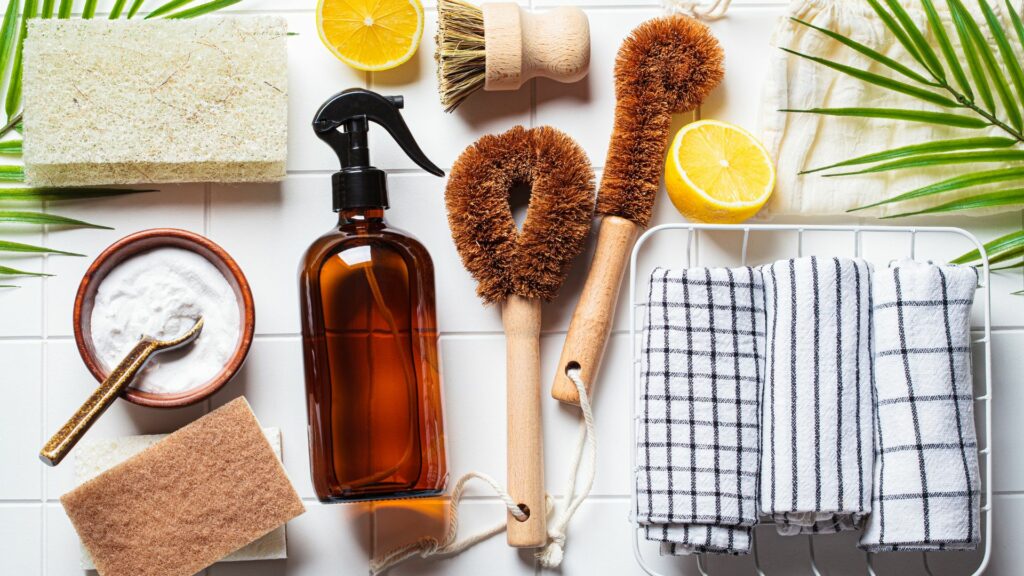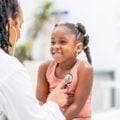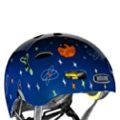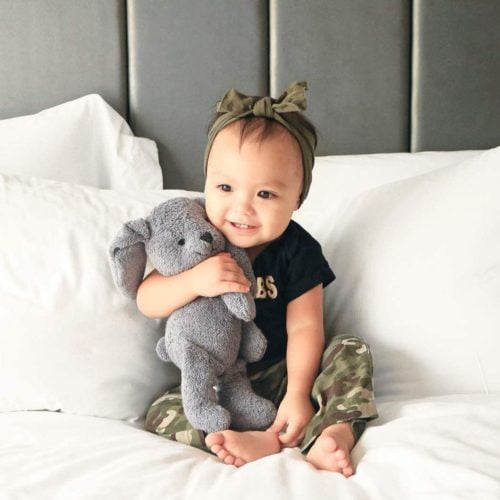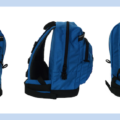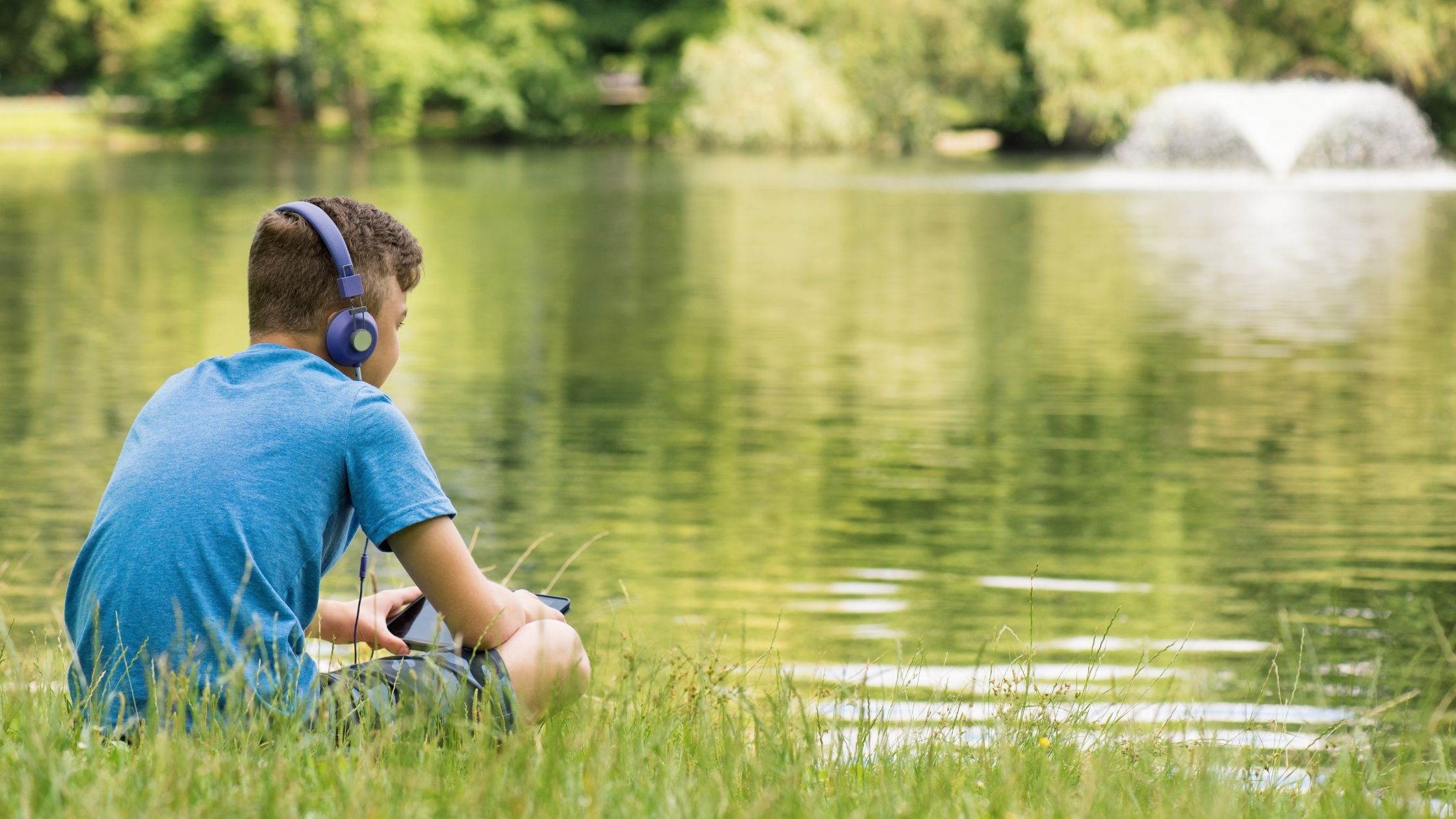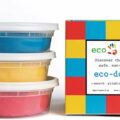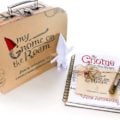Each year, 250,000 children in the U.S. are treated for exposure to cleaning products at home, according to the American Academy of Pediatrics.
Finding alternatives to harsh, potentially harmful cleaning agents is one way to protect children from accidental poisonings.
Fortunately, non-toxic cleaning products can be just as effective and are far safer for your family.
Household bleach is the most common cleaner accidentally swallowed by children, but accidental poisonings aren’t the only danger posed by cleaning products.
The substances in your home may be harboring hazardous ingredients without you even knowing it.
These products commonly contain chemicals and fragrances that can cause reproductive problems, exacerbate asthma, irritate skin and harm the environment, according to the Environmental Working Group, a nonprofit research organization. Some common ingredients have even been linked to cancer.
A fragrance issue
One-third of the substances used in the fragrance industry are toxic, according to the National Institute of Occupational Safety and Health. And 16 percent of the fragrances reviewed by the EWG contain carcinogenic ingredients.
Consumers may be surprised to learn that federal law doesn’t require full disclosure of all chemical ingredients used in products.
Because chemical formulas used for fragrances are considered trade secrets, companies can merely label them as “fragrance,” making the biggest offenders hard to avoid.
That “clean” scent in your laundry detergent and fabric softener may never have been tested for safety and may cause allergy-like symptoms such as respiratory irritation, headaches, sneezing and watery eyes.
This can be especially concerning to asthma sufferers.
Healthy Child Healthy World, a nonprofit research and advocacy organization, urges parents to ditch potentially toxic cleaning agents for safer alternatives.
And, in fact, many Minnesota families are doing just that.
The kids can help clean!
The Yancy Family
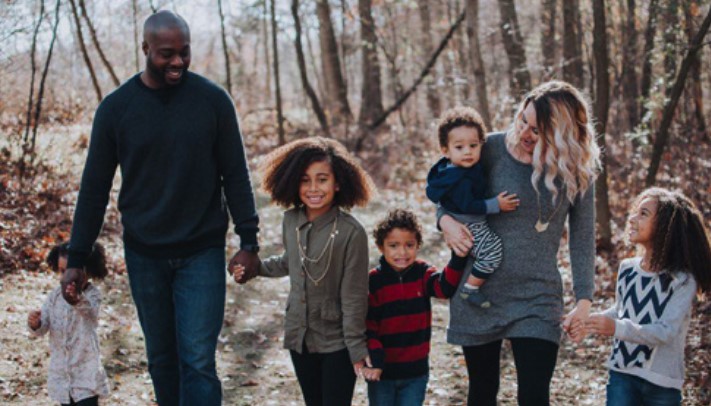
Maple Grove mother Meghan Joy Yancy had always been wary of traditional cleaning products.
As a rule, she tried to keep the kids out of the rooms she was cleaning in to protect them from inhaling the heavily-scented products — a feat that was next to impossible with her five young children.
Then she discovered the Think Dirty app (see sidebar for more info.) and discovered that her favorite household products contained many toxins.
“I really wanted to make a change,” said Yancy, who was concerned about the effects that long-term exposure to cleaning chemicals would have on her entire family, not just the kids.
Yancy has converted all but one of the primary cleaning products in her home to homemade mixes that rely on essential oils, baking soda, Borax and Dr. Bronner’s soap, a line of all-purpose natural soaps made with vegetable-based oils. (Her husband, Seborn, still relies his tried-and-true Windex.)
Yancy gets her DIY cleaning product recipes from Pinterest and The Chemical Free Home — a series of booklets by Minnesota mom Melissa Poepping.
Yancy’s journey has involved trial and error. It took her awhile to find the right DIY cleaning formulas for her home. Her first dishwasher tablet recipe, for example, left residue on her dishes.
One of the best perks of her new cleaning routine?
Now her children can lend a helping hand, instead of steering clear.
“They can actually help me clean,” Yancy said. “That has been awesome.”
Start small
The Lieser Family
Malisa Lieser of St. Louis Park took an interest in natural products when she had her first child three years ago.
“We wanted to be careful about what we’re putting on our skin and our baby’s skin,” she said.
She learned about naturally antibacterial cleaning products from her daycare provider.
She shops for eco-friendly brands at Target and online, and says she doesn’t spend more than she would otherwise on cleaning products. And, she says, her house is just as clean, too.
Lieser doesn’t consider herself a hardcore eco-mama.
Though her daughters, Violet, 3 and Fiona, 1, eat homemade meals as often as possible, she isn’t overly concerned with buying organic.
Recently, she’s seen a growing interest in natural cleaning practices in her moms’ groups on Facebook and her own circle of friends.
“We’re doing the best we can,” she said.
“So much is not in our control, that it feels good to know I can do this.”
Lieser says their family continues to make small steps.
“Anyone can do it. Start small, with one or two things. You don’t have to throw everything away. It’s taken us a couple years,” she said. “Try a few things; see how you feel about it.”
Change starts at home
If you’re ready to detox your cleaning routine, you can start by buying less-toxic formulas of the brands you already use.
Windex makes ammonia-free glass cleaner. Tide sells fragrance-free laundry detergent.
You can also try eco-friendly brands such as Ecover and Seventh Generation, often available even at big retailers and supermarkets and typically rated favorably by consumer watchdog organizations such as the EWG.
The EWG gives letter grades for cleaning products, based on assessments of 2,109 products, 197 brands and more than 1,000 ingredients in its regularly updated Guide to Healthy Cleaning.
EWG’s product recommendations vary surprisingly even within specific brands, based suspect ingredients.
Windex Nature’s Source Glass Cleaner, for example, received a D. Meanwhile Windex’s Multi-Surface Disinfectant Cleaner received a B.
Seventh Generation’s Disinfecting Multi-Surface Cleaner, Lemongrass Citrus, earned an A while the brand’s Natural Laundry Detergent, Fresh Citrus received a C.
Then there are brands that have been around since your great-grandmother’s day and haven’t changed formulas much since: Bon Ami cleanser, a powdered eco-friendly product, gets an A from the EWG.
You can also make your own natural yet effective cleansers with recipes found online, we listed a few recipes below.
If you employ a cleaning service, many will agree to use your household cleansers instead of their own. Just ask.
Some companies are committed to non-toxic practices themselves (to protect employees as well as clients), including Two Bettys Green Cleaning Service and Happy Earth Cleaning, both in Minneapolis.
How GREEN are schools?
Have you ever wondered what products are used near your child during the day at school or preschool?
It might be worth asking.
Hand in Hand Christian Montessori, which has schools in Roseville and Bloomington, has used only non-toxic cleaning products since first opening.
“To feed the mind, the body mattered,” said Michelle Lee Thompson, the schools’ dean and executive director.
Twenty years ago, no one had thought about the toxicity of cleaning products in schools, Thompson said. Now, parents seek out the school for that reason.
Eco-friendly products do cost more, Thompson said, but enrollment is going strong and staff absences are minimal.
Serving more than 300 children, Hand in Hand is one of the largest Montessori schools in the country, and Thompson believes that’s due in part to the school’s commitment to eco-friendly practices and healthy, made-from-scratch food.
“School is about more than getting an A. It’s about wellness,” Thompson said. “We have to start including that in the conversation.”
The Minnesota Department of Health website encourages facilities to use cleaning products that emit lower levels of volatile organic compounds, also known as VOCs.
A Minnesota law takes effect this year requiring cleaning solutions (and body products) to be free of triclosan (an antibacterial agent).
Currently, New York is the only state with a law that schools must be cleaned with products free of carcinogens, reproductive toxins or scents that could aggravate asthma.
Thompson hopes other schools will be inspired by her school’s model of wellness. Her broader hope is that consumers — not legislation — will drive the change toward non-toxic cleaning.
M A K E I T Y O U R S E L F
Simplify your cupboard space — and your life. Save money by not buying toxic products designed for cleaning only one part of the house. Most non-toxic cleansing recipes can be made at home with just three ingredients — lemon juice, baking soda and vinegar. You can add your own fragrance by adding 5 to 10 drops of pure lavender, eucalyptus, tea tree, peppermint or lemon essential oil. Although these homemade products are non-toxic, child safety rules still apply, so be sure to label containers and keep them out of reach of little hands.
Fabric softener: A cup of white vinegar added to the wash cycle acts as a fragrance-free fabric softener. Replace dryer sheets with felted wool dryer balls. Window cleaner: Mix a 1-to-4 solution of white vinegar and water in a spray bottle.
Toilet bowl cleaner: Sprinkle baking soda around the inside of the toilet bowl and scrub with a toilet brush. Add half a cup of vinegar into the bowl and let sit for a few minutes before cleaning the entire toilet with the brush.
Laundry whitener: Add half a cup hydrogen peroxide to the wash instead of chlorine bleach. Mold and mildew spray: Mix two cups of water and two teaspoons of tea tree oil in a spray bottle. Spray on the surface and wait a few hours before wiping. This spray is also effective for cleaning diaper pails.
Shower head cleaner: Place half a cup of vinegar into a plastic food storage bag. Secure the bag to the shower head using a rubber band. Leave it for at least two hours or overnight. Rinse and buff the fixture until shiny.
More Resources
Guide to Healthy Cleaning – This regularly updated online portal from the Environmental Working Group helps families translate labels, spot dangerous cleaners and find safer alternatives, using assessments of 2,500 products. Website: ewg.org/guides/cleaners
Think Dirty – This mobile app allow you to scan a product’s barcode to get easy-to-understand information, including potentially toxic ingredients found in a variety of cosmetics, household cleaners and personal products. Website: thinkdirtyapp.com
The Chemical Free Home – Melissa Poepping, who lives in central Minnesota with her husband and three children on a hobby farm, has written three booklets that help families create safe beauty and cleaning products, often using Young Living Essential Oils as key ingredients. Website: thechemicalfreehome.com
Nursery detox – Read about one local mom’s journey in minimizing chemicals (including flame retardants) in her daughter’s nursery. Find more info here: mnparent.com/detox-nursery
Abbie Burgess is a Twin Cities freelance writer and blogger — and a frequent contributor to Minnesota Parent.
Minnesota Parent may earn a small commission for our endorsement, recommendation, testimonial, and/or affiliate link to any products or services from this website.





